While Game of Thrones premiered back in 2011, its foundations actually begin in 1996 – the year that A Game of Thrones, the first book in the A Song of Ice and Fire series by George R.R. Martin, was first released. In the twenty-seven years since its first publication, the book series has expanded far beyond its initial borders. The world of Westeros has continued to grow ever-more complex, and Game of Thrones simply didn’t get to explore all of its borders.
HBO is currently hard at work at expanding the Game of Thrones IP, with multiple spin-offs, like Dunk & Egg, based on Martin’s A Knight of the Seven Kingdoms, being considered. Whether or not these spin-offs make it to the screen remains to be seen, but there’s more than ample content for seasons worth of plot lines, intrigue, and dragons. Until fans know more about the status of these prospective shows, however, a deep dive into the lore of the world of ice and fire is the perfect way to pass the time.
1. The Doom of Valyria (And the prophecy that saved the Targaryens)
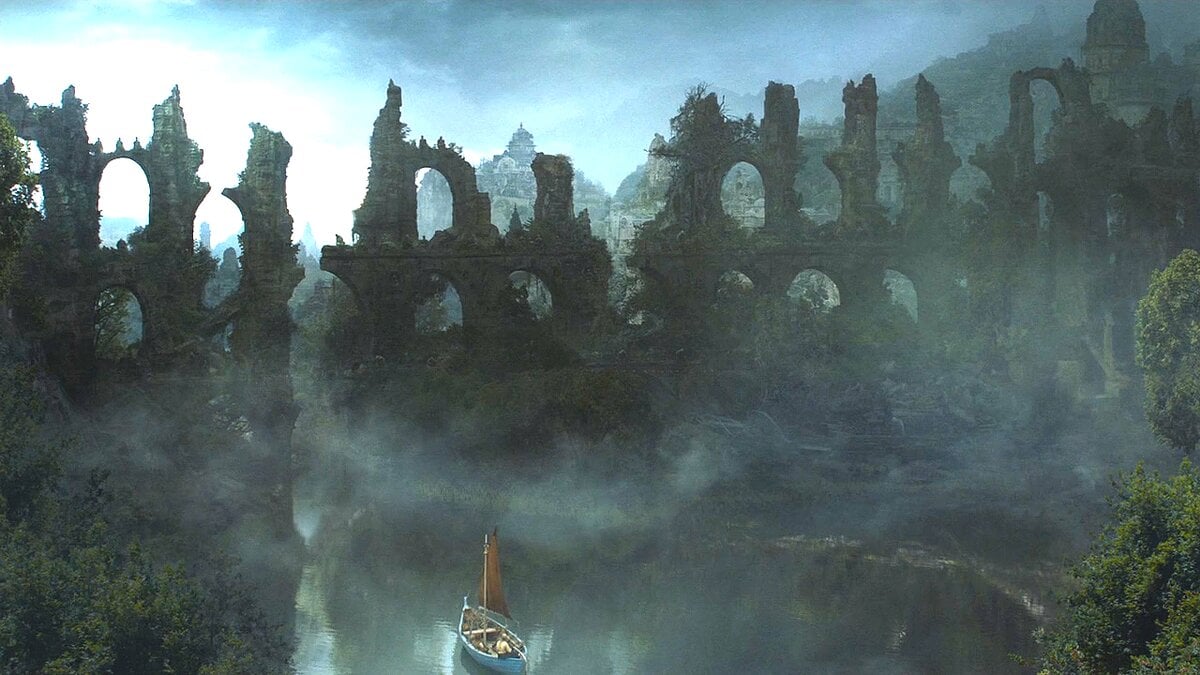
The issue of the Doom of Valyria is actually briefly addressed in Game of Thrones, but aside from a few passing mentions, this hugely important event isn’t dwelled upon (and, to be fair, it does occur about 400 years before Game of Thrones kicks off). In the backstory, Valyria was like a super-Rome – if Rome had dragons and all sorts of magical weaponry that allowed them to subjugate nations with little trouble. For thousands of years, the Valyrian Freehold ruled much of Essos (the continent on which Emilia Clarke’s Daenerys Targaryen spends most of the series conquering), but it’s thought that the Valyrians grew too greedy and dug too deep.
The exact cause of the Doom is unknown. What is known is that the fourteen volcanoes dotting the Valyrian peninsula erupted simultaneously, destroying the empire’s main capital in minutes and killing off most of its dragon riders. The century that followed was one of anarchy and warfare. It was a dark time, and it seems that magic really began to die off after this mysterious event.
One dragon riding family managed to not only survive the cataclysm, but thrive. Thanks to a vision experienced by young Daenys Targaryen, who would then be known as Daenys the Dreamer, Aenar Targaryen packed up his household and set off for Dragonstone. The family would go from a minor Valyrian family to the kings of Westeros a century later. While Valyria is seen in the present day in Game of Thrones, the books make it clear that something still haunts its ruins. No one comes back from Valyria alive, where it’s said the doom still rules.
2. The death or disappearance of Queen Rhaenys Targaryen

Dorne, from which fan favorite character Oberyn Martell (Pedro Pascal) originates, has always been a fiercely independent kingdom. In Game of Thrones, a common implication seems to be that the rest of Westeros views the Dornish in an inherently “othered” manner – but for quite a while, the desert kingdom actually wasn’t conquered by the Targaryens (it would only join later, nearly two centuries after the conquest, through marriage). That wasn’t for lack of trying: Aegon Targaryen and his sister-wives Visenya and Rhaenys waged wars of attrition to draw the Dornish out, to no avail. During one of these campaigns, a stray scorpion bolt caught Rhaenys’ dragon, Meraxes, in the eye, and the dragon died as it crashed into the ground. Rhaenys’ body was never recovered.
Nor is it known if she died for sure. One theory states that the queen would be nursed back to health, fell in love with a Dornishman, and stayed behind. Others say she survived, but was tortured due to the destruction she committed against Dorne. One thing’s for sure: when the careful Prince Nymor took over from his more militant mother, Princess Meria, he sent his heir, Deria, before the king with a letter. The contents of that letter are unknown, but Aegon cut himself on the Iron Throne as he read it, made his way to Dragonstone for the night, and came back the next day, ready to discuss peace. This peace would last the rest of his life, and Aegon even visited and traveled through Dorne without issue after this.
3. The sad, short life of Aerea Targaryen
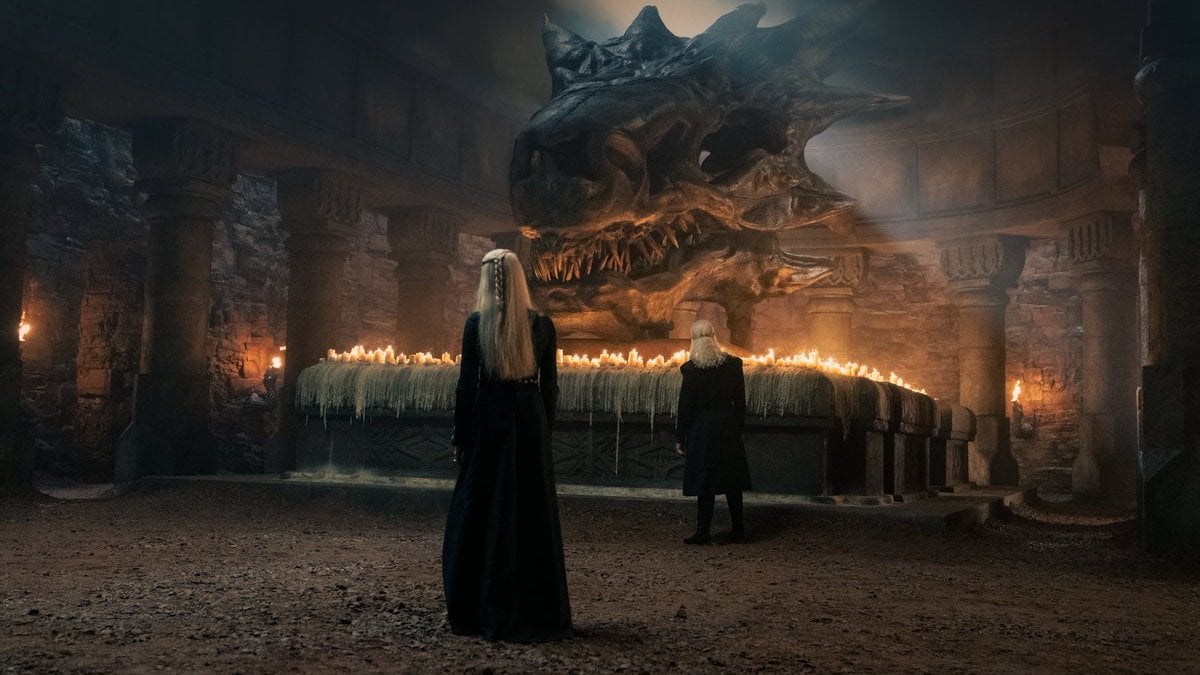
Ever wonder what must have killed that absolutely massive dragon seen in House of the Dragon‘s first season? That’s Balerion, greatest and fiercest of the Targaryen dragons. Belonging to Aegon the Conqueror himself, the dragon was instrumental in the Targaryen conquest of Westeros, managed to live to nearly 200 years, and might have lived longer, had it not sustained an injury during a particularly memorable incident.
Aerea Targaryen was the heir to King Jaehaerys I, fourth king of Westeros. She had to endure a war for the throne, abandonment by her mother Rhaena (though it was ostensibly for Aerea’s safety), and later an alleged identity swap with her twin sister, Rhaella. This was all before age 10. Eventually reunited with her mother, Aerea was a willful child, and one night, she stole away on Balerion.
Neither Aerea nor Balerion were seen again for a year. When the dragon reappeared one day, Aerea was found on top of him, ragged and starving. Unfortunately, she was also writhing in pain – and her skin was moving as though something was crawling inside of her. And Balerion, large enough to swallow a mammoth, was wounded. Poor Aerea spent the night in agony as the unknown creatures seemed to be burning her from the inside out. One of the King’s trusted counselors, Septon Barth, would later write about being so disturbed about the content of Aerea’s fevered ramblings about Valyria, and vow never to speak of it again. Aerea died upon being submerged in ice water, and it was discovered that the beasts inside of her were abominations, described as worms with faces and snakes with hands. Travel to Valyria was later banned by the king on pain of death, and Balerion would grow sluggish before dying a year or two later.
But what could possibly harm such a monumental beast? And what lies in Valyria?
4. Dragons don’t cross the Wall
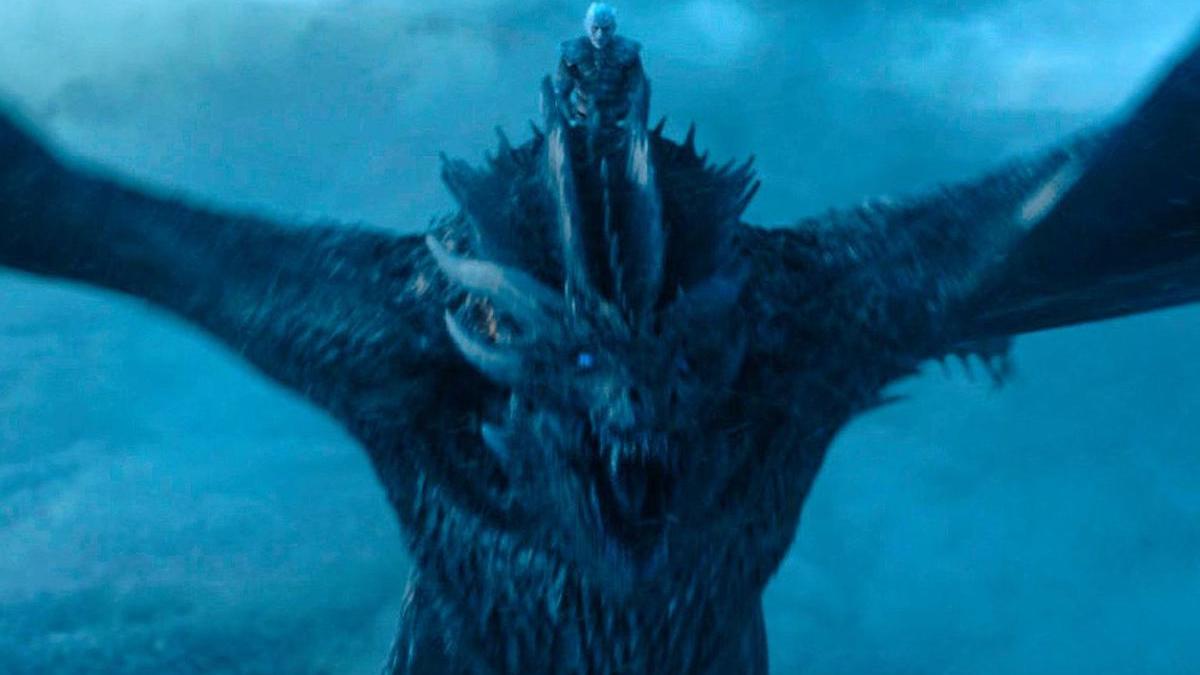
Here’s another incident from the reign of King Jaehaerys. His sister-wife Queen Alysanne would go on a procession to the North, to visit the realm’s least involved subjects. Alysanne was charming and brilliant – arguably, she’s the reason the Targaryen dynasty, and her husband’s reign, was so successful. So, when Alysanne has an issue with something, readers should take notice.
Alysanne would go as far north as the Wall during her procession on her dragon, Silverwing. The Night’s Watch might have been expected to grumble about the drain on resources such an occasion would draw, but Alysanne’s visit was considered special by the brothers there, who came to love her. One day, however, the queen decided she’d go farther north, beyond the Wall. As she tried to fly her dragon over the structure, though, the dragon would not cross. Since the dragon was utterly obedient to the queen, she grew disturbed by the implications raised by this, and would help the Night’s Watch beef up its security right after returning to King’s Landing.
5. A mysterious fire practically wiped out the Targaryens
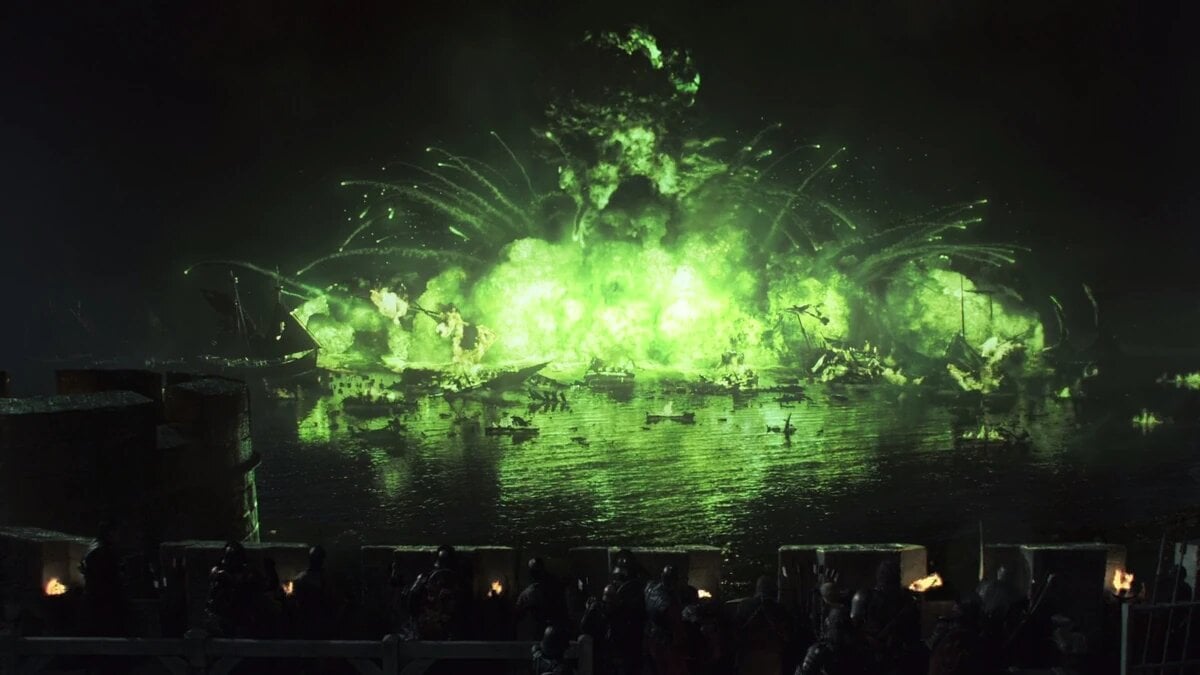
This incident will likely cap off the potential A Knight of the Seven Kingdoms series. It’s unknown exactly what happened, but King Aegon V – great-grandfather to Daenerys Targaryen – was seemingly advised by a witch that the Prince That Was Promised (a prophetic figure discussed in House of the Dragon) would come from his line. Aegon, or Egg, was born after the dragons died, and found his reign was threatened by revolts that he felt he’d easily be able to deal with, if he still had dragons.
Seven dragon’s eggs were brought to Summerhall, a Targaryen palace. There, a fire broke out, wiping out most of the Targaryens alive and dispelling the notion that Targaryens are fireproof. The only known survivors are Daenerys Targaryen’s father, Aerys, and mother, Rhaella, who had given birth to Rhaegar Targaryen during the event. Rhaegar would find an affinity for the place in later life, and he might have discovered the Prince That Was Promised prophecy here. He’d later go on to kidnap Lyanna Stark and sire Jon Snow. This event has only really been referred to in mentions and whispers; Martin appears to be saving the truth of this event for the final Dunk & Egg adventure.
6. Cthulhu may roam the seas

Okay, this one isn’t actually a confirmed fact in-universe, but it’s wild enough to mention regardless. There are countless Lovecraftian references dotted around the coasts of Westeros and the rest of the world, too. In fact, the Ironborn seem to worship a being that’s described very similarly to Lovecraft’s famous creation, Cthulhu. Then there’s mentions of the Deep Ones – much like the inhabitants of Innsmouth, these beings are believed to be half-human, half-fish people. They make no physical appearance in the story – so far, anyway.
Interestingly, a cut character – Patchface – is said to have been revived following a drowning at sea. He was never the same afterwards, and is constantly singing childish songs in the background. When examined more closely, however, these songs predict events such as the Red Wedding. Plus, Patchface sings about a life in the depths of the ocean.
7. There are no children in Asshai
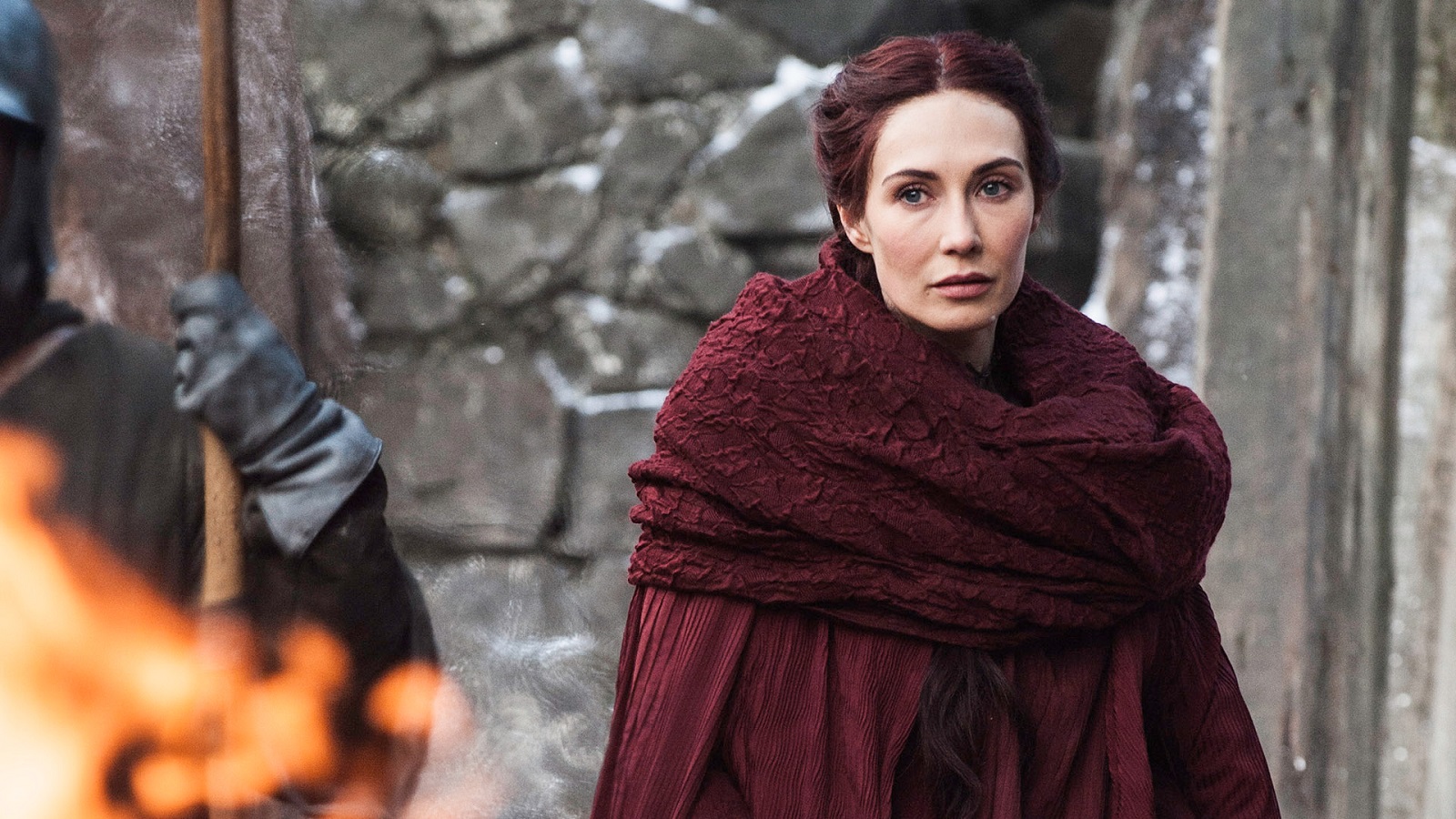
Asshai, homeland of Carice Van Houten’s Melisandre, the Red Priestess, has never been seen in person. The place is known only by reputation – and it’s not a good one. It’s said that Asshai’s waters are strange and its lands are barren. Food must be shipped in daily, and its inhabitants all wear masks. No child lives in Asshai, and animals brought there die soon after. Up river, a place known as Stygai is said to be even worse: people don’t really come back from there, and something about the place even spooks sorcerers of Melisandre’s caliber. It’s also quite possible that dragons originated here, and there might still be some flying around in Asshai. The prophecy of the Prince That Was Promised may also come from here.
Of course, its reputation might be vastly overstated. Much like Europe in medieval times, Westeros doesn’t have great communications systems. But who would want to take the risk?
8. Hardhome’s destruction
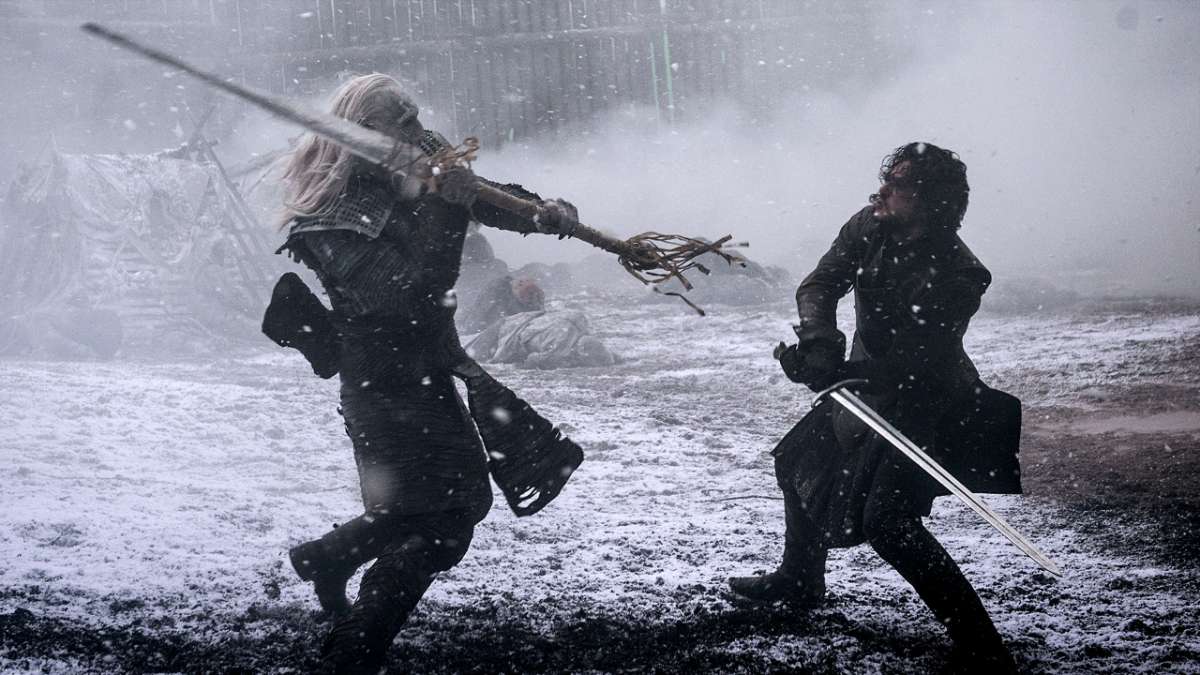
Hardhome is one of the most memorable locations in Game of Thrones. It’s where Jon Snow encountered the Night King for the first time, and many of the free folk were lost during this attack. But its history actually goes back further: Hardhome is a prime location for a trading spot, and about 600 years ago, this made it into what was basically the only town north of the wall.
Until one night, during which the Night’s Watch spotted what appeared to be the sun rising in the north. A ranging party later found the place totally in ruins, burning bodies and bones strewn across the place. Horrific shrieks were heard coming from deep inside surrounding caves in the area, but none investigated. Ashes would rain down on the Wall for six months, and the wildlings would shun it as cursed forever after. It’s said to be haunted by demons, ghouls, and burning ghosts.
9. The dark city of Yeen
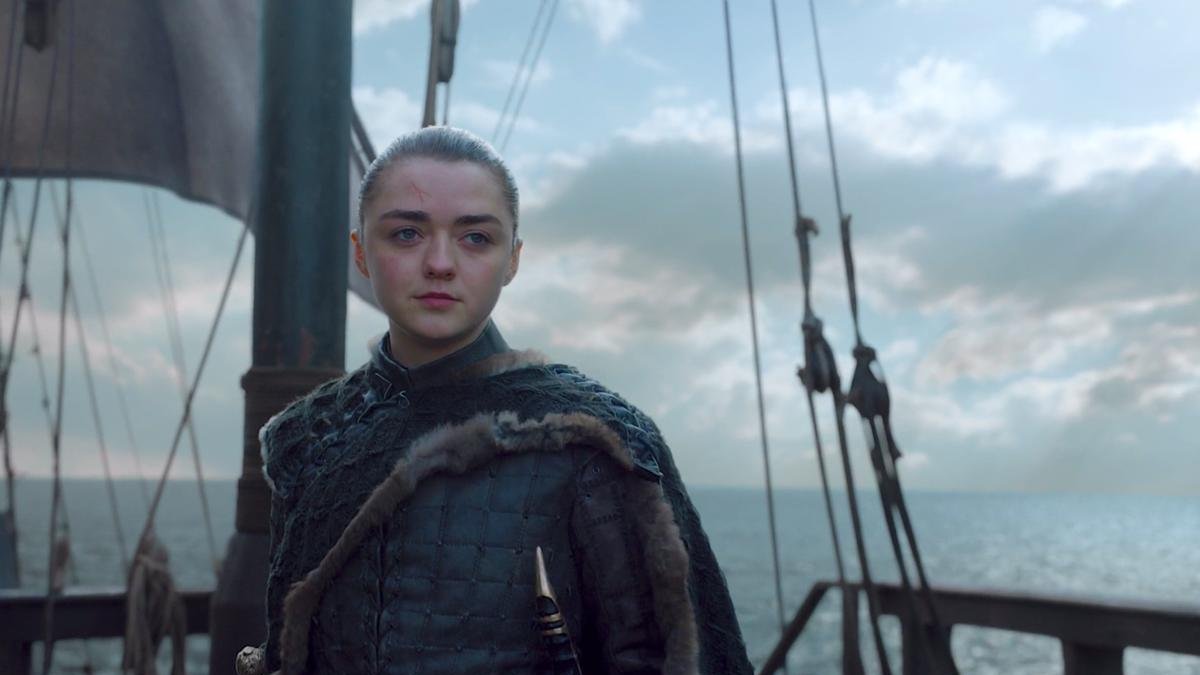
Yeen exists on the southernmost continent of Sothoryos, and it seems to be another venture into the Lovecraftian for Martin. About a thousand years ago, the warrior Princess Nymeria (she’s also Arya’s hero, seemingly inspiring her voyage at the end of the series) fled the Valyrians, bringing her people to this new shore. Unfortunately, the city had a cursed reputation: vegetation didn’t seem to grow in the city, which appeared to be made out of a oily, black stone.
Nevertheless, some of Nymeria’s people decided to settle there. They simply disappeared one day, never to be seen again. This was only one attempt to recolonize the city. All have ended in disaster.
10. The oily, black stone
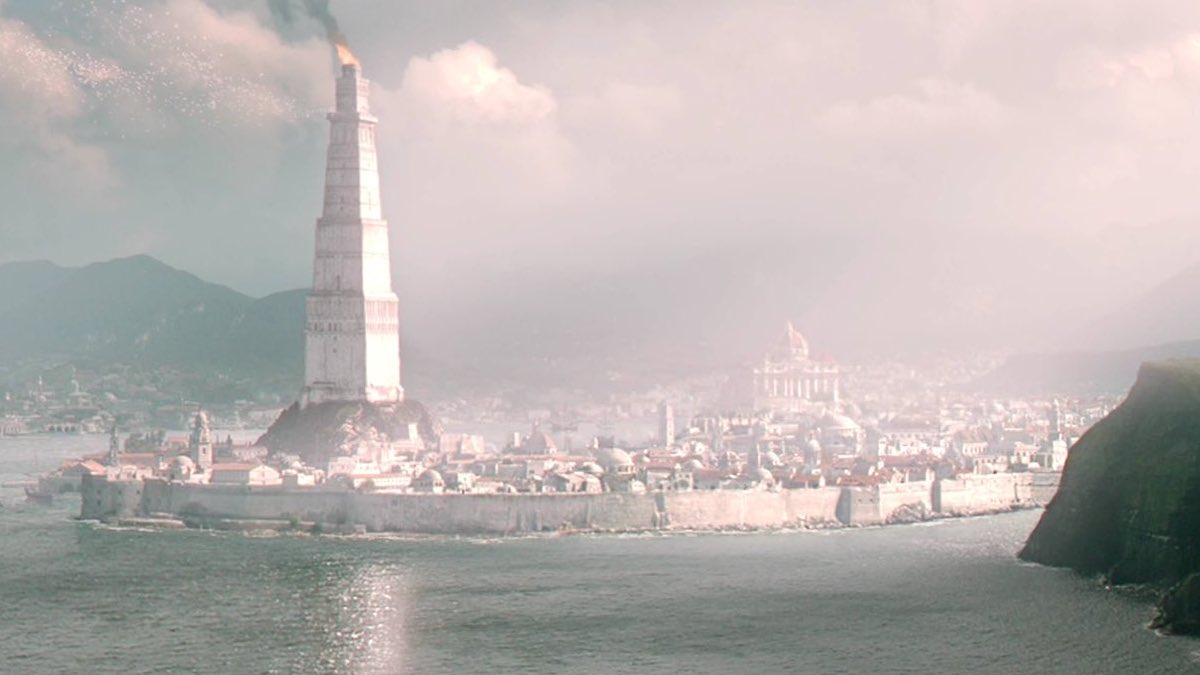
Yes, that’s the same black stone mentioned in the previous entry. Oddly enough, this strange material appears to be present in structures worldwide – some of the most impressive ones, too. Both the base of the Hightower in Oldtown and Asshai, which are practically the opposite ends of the known world, are made of this stone. It seems to drink light in an unnatural manner, and its mere presence suggests a sinister reputation and power inherent to it.
One theory suggests the stone is connected to a mythological figure known as the Bloodstone Emperor. This emperor was supposedly the brother of a queen known as the Amethyst Empress; when he killed her to gain power, he plunged the world into the Long Night. He then began to worship a strange, black stone that fell from the sky.
It’s safe to say the world of ice and fire is a vast and interesting one. Martin’s plans for the universe are always expanding, and there’s still so much more to discover around every corner. So many stories are just waiting to be told – and fans will be eagerly awaiting their release.

